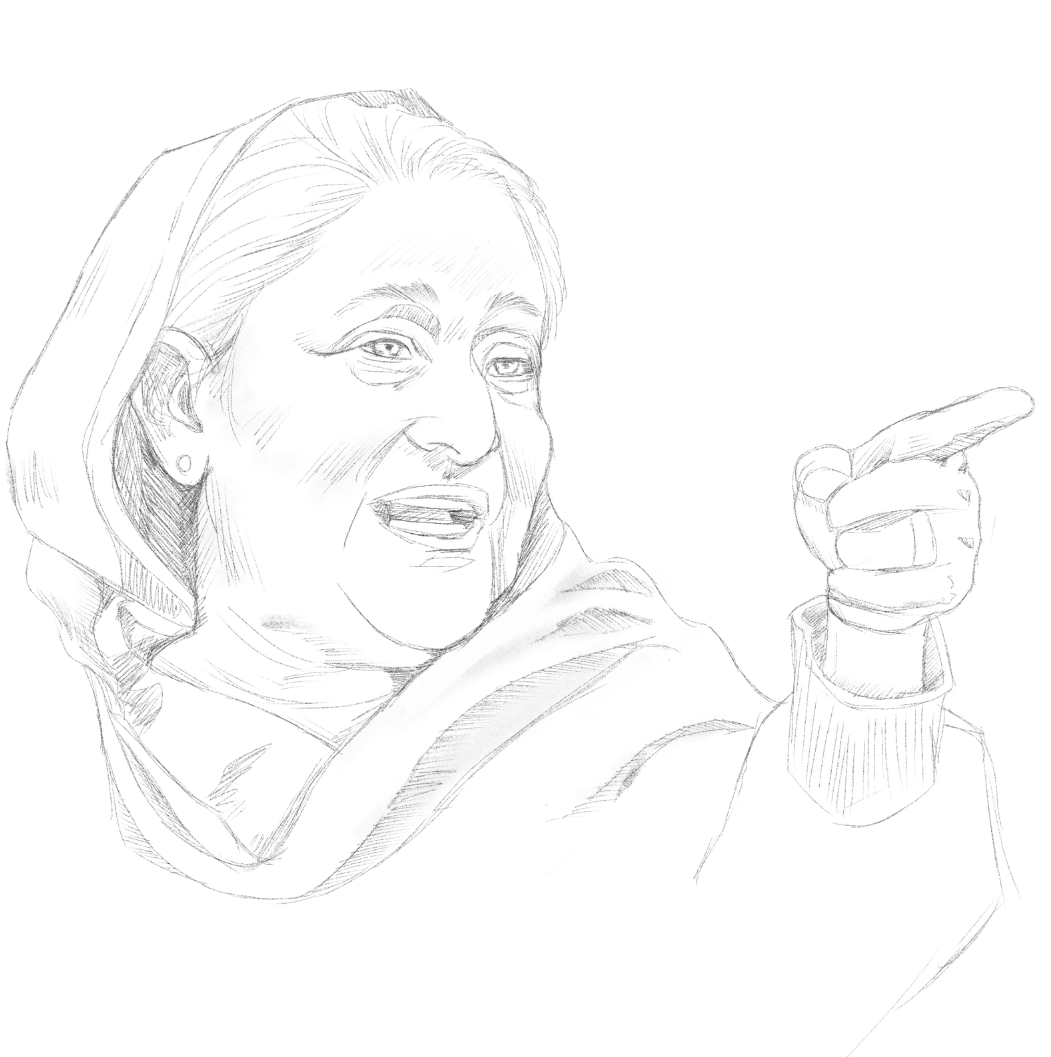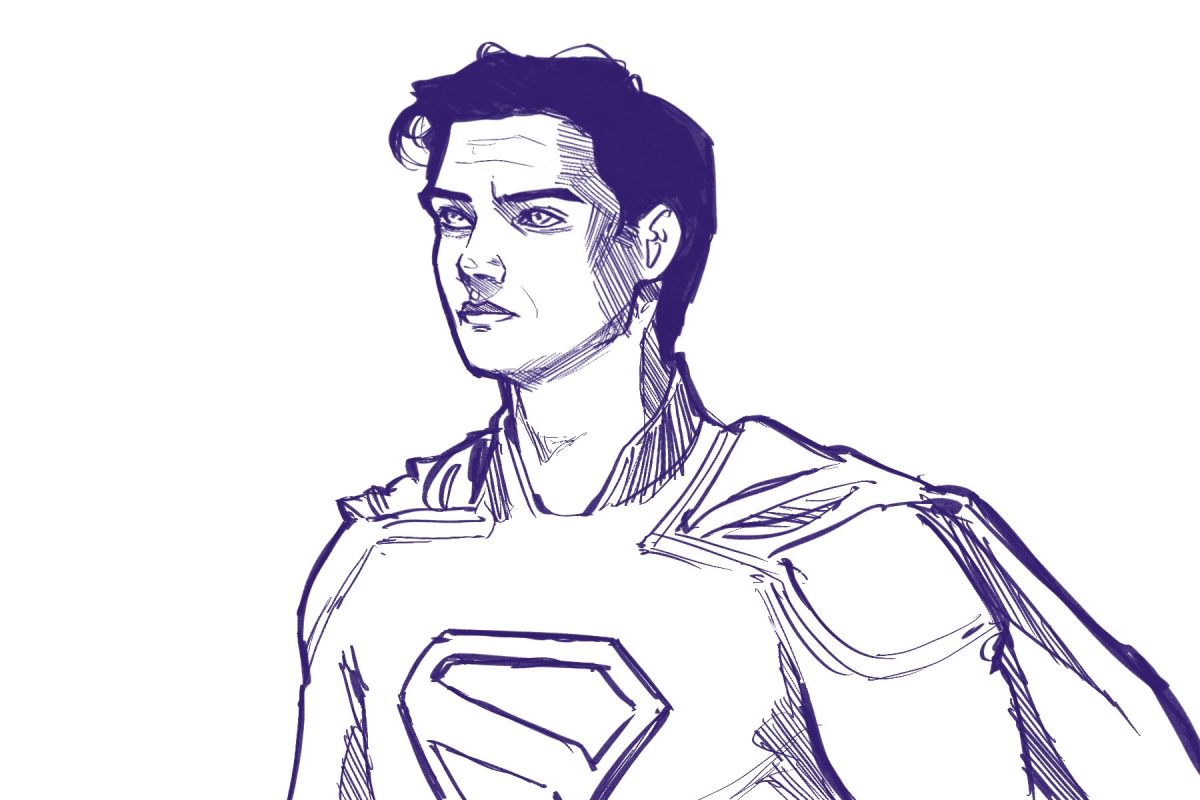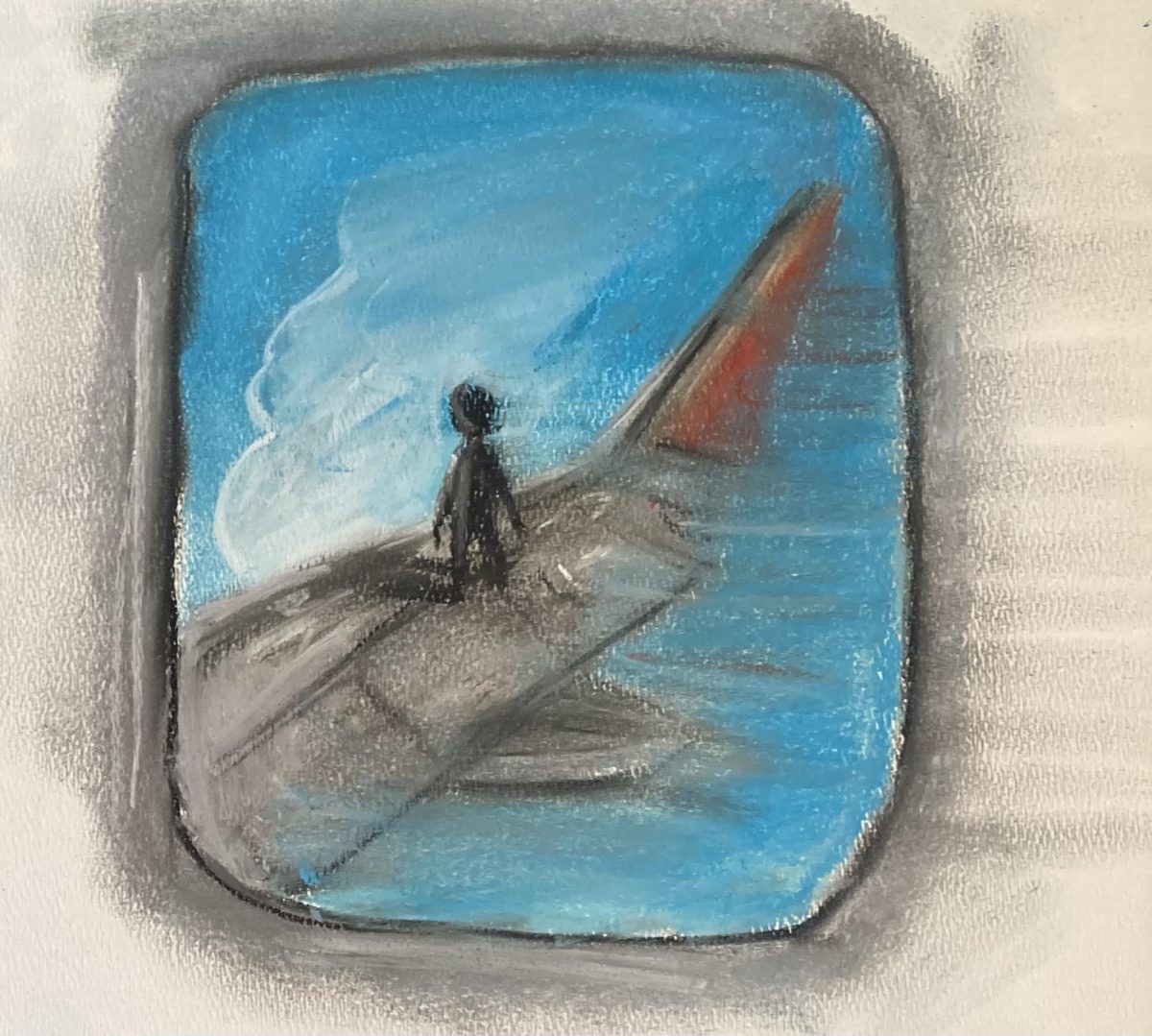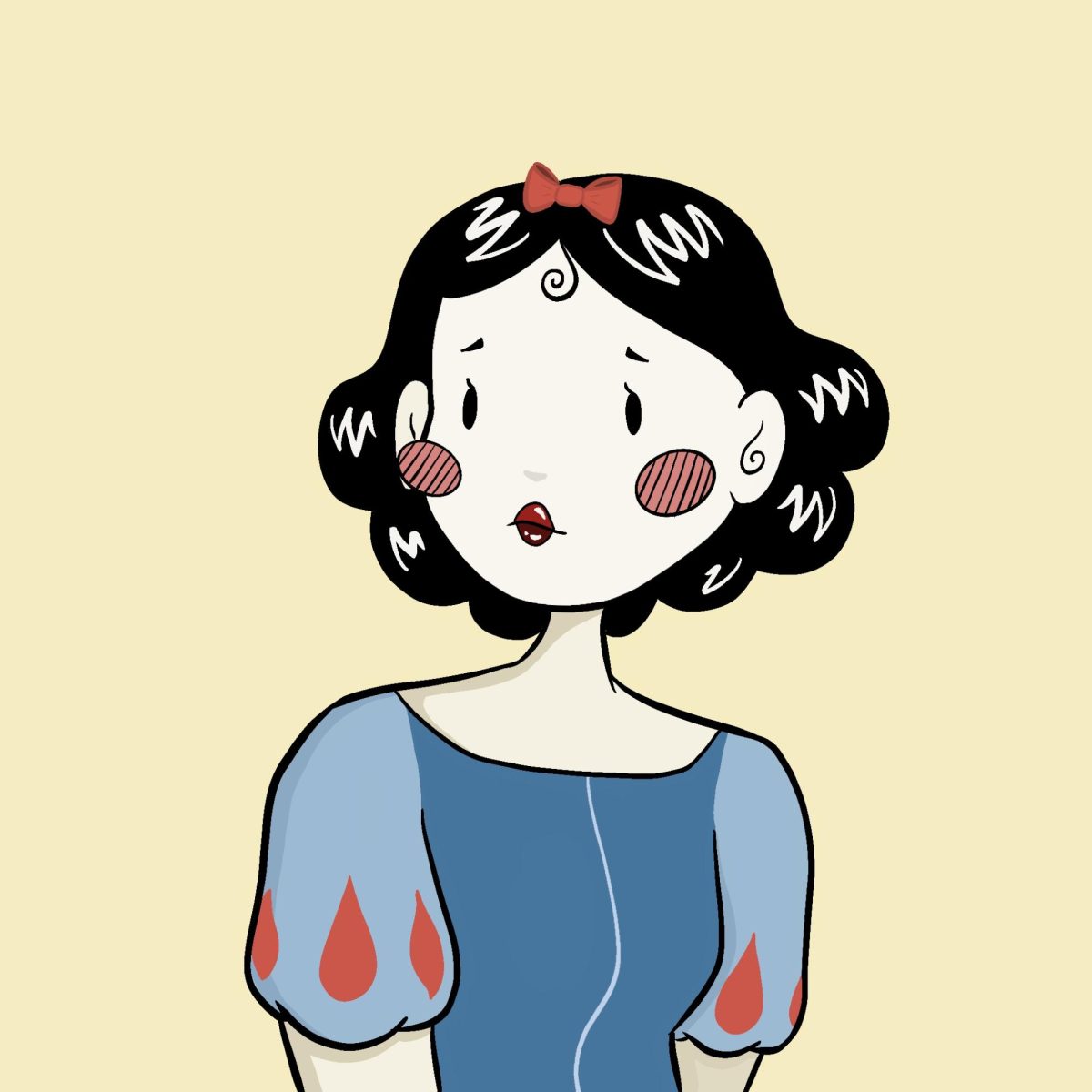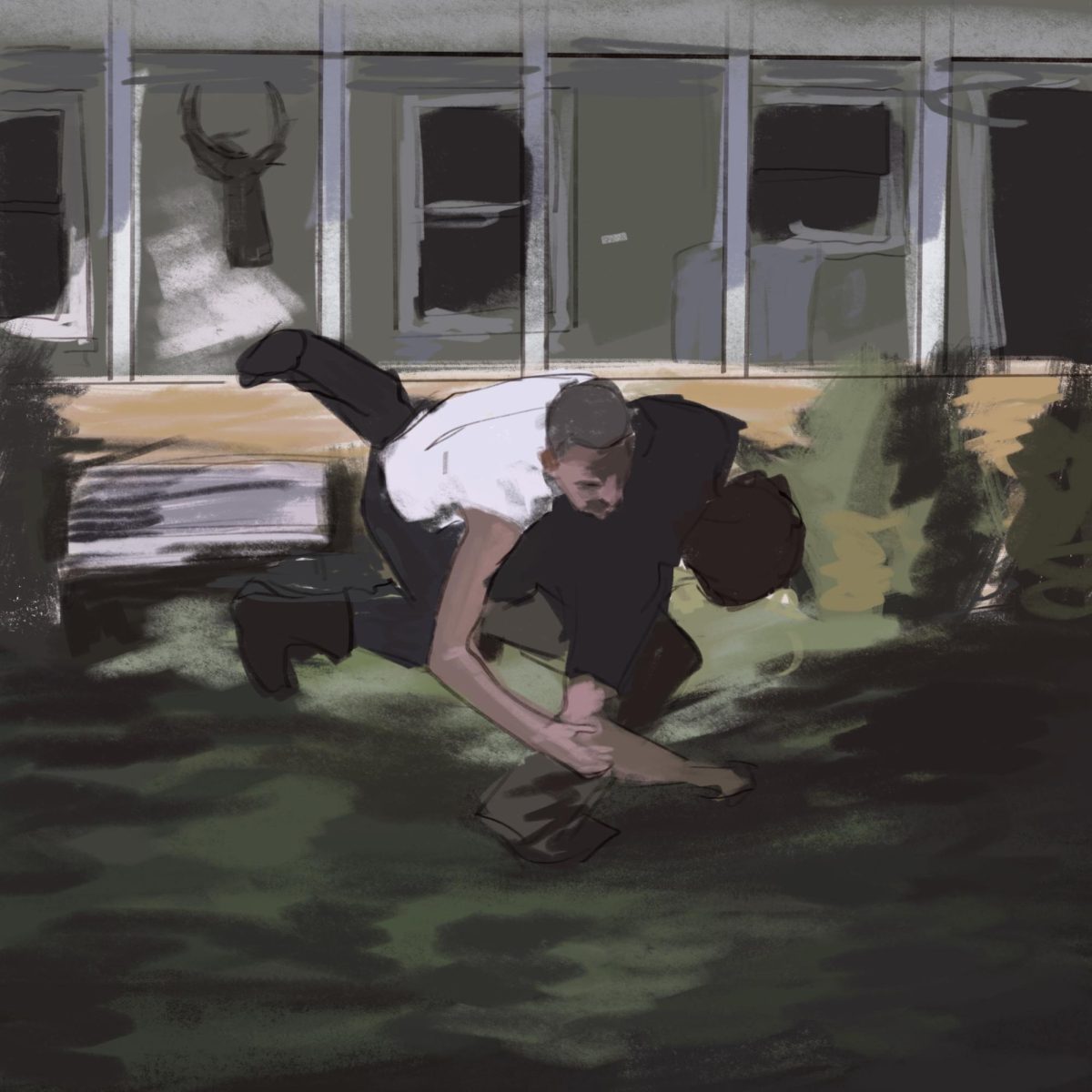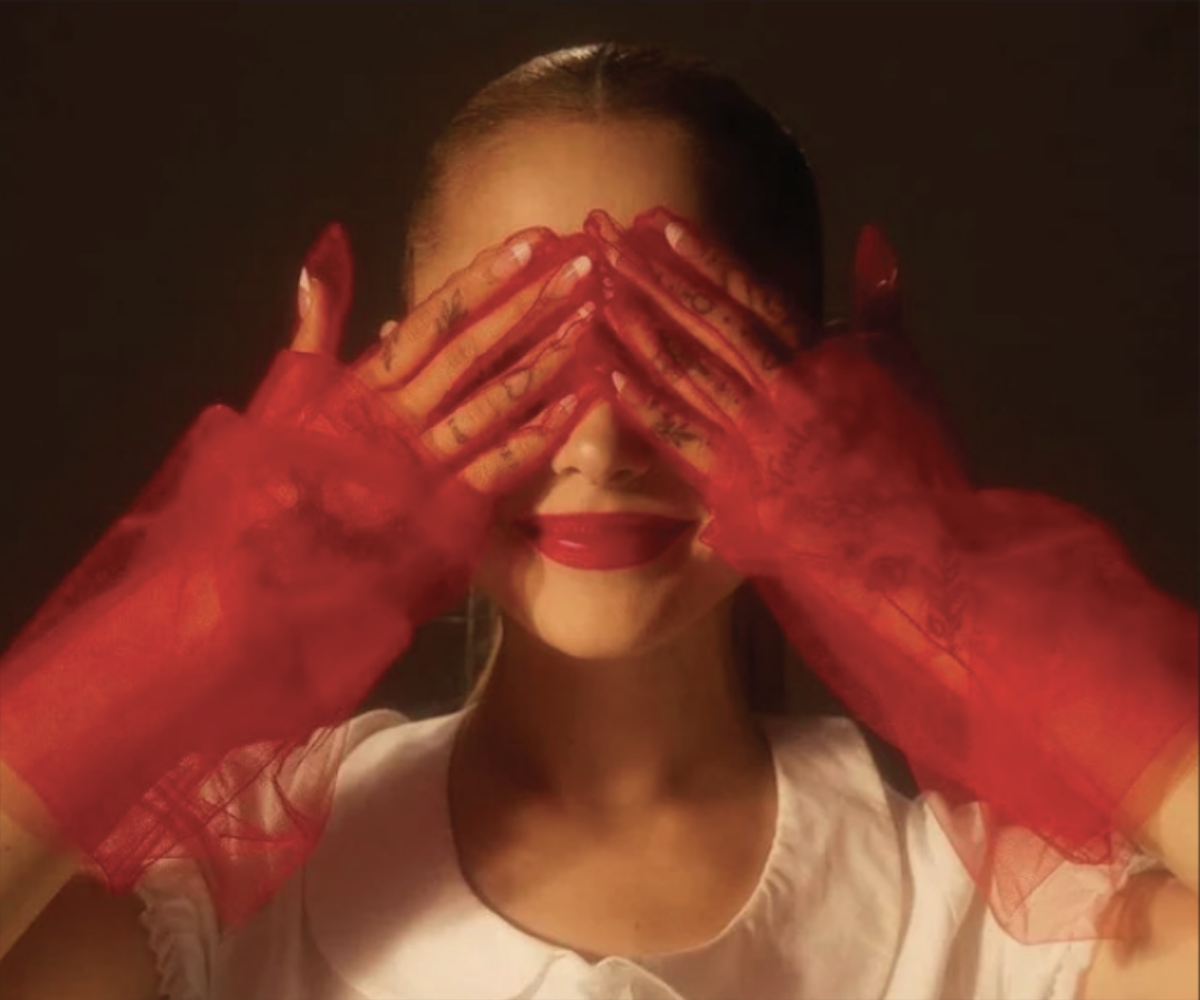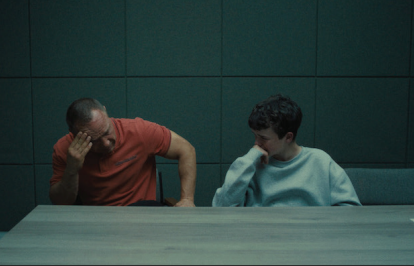Heeramandi: The Diamond Bazaar was released on Netflix on May 1st as Indian filmmaker and music composer Sanjay Leela Bhansali’s debut television series. This adds to his vast portfolio of hit Indian films known for their stunning scenery, luxurious costumes, and dramatic storylines. Although Heeramandi has been renewed for a second season, how does it actually compare to Bhansali’s other masterpieces?
Bhansali has directed many famed movies, from classics like Devdas (2002) and Hum Dil De Chuke Sanam (1999) to more recent blockbusters like Padmaavat (2018) and Gangubai Kathiawadi (2022). His movies are known to be visually outstanding with moving stories, commonly portraying women surrounded by wealth, power, love, and heartbreak. Heeramandi is no exception: it pictures the lives of tawaifs, high-end courtesans known for their dancing and singing, living in the red-light district of Lahore. Taking place during the Indian independence movement against British colonialism in the 1940s, it took on many deeper plans and betrayals under the surface.
The show primarily focuses on Mallikajaan, the ruthless ruler of an elite house of tawaifs and her grappling feud for power with nemesis Fareedan. Mallikajaan’s daughter, Alamzeb, fights her mother’s expectations for her to become a tawaif. While the majority of screen time shows Alamzeb’s rebellion for a blossoming romance and freedom from her mother, each tawaif has her own struggle that’s wrapped in betrayal, secrecy, and rejection from those who look down on tawaifs.
Although each story has drama that keeps the viewer invested, at times the plots were too fast-moving. Alamzeb, Fareedan, and Mallikajaan seemed to be the characters who received the most attention, but many others had a lot of potential to contribute stories equally as interesting. These plots were often quickly passed by, such as Lajjo’s short-lived story of heartbreak that scandalously involved Mallikajaan’s past; or the manipulation by Mallikajaan of the romance between servants Iqbal and Saima, which ended up coming second to couple Alam- zeb and Tajdar. Watching these side plots end quickly took away from possible added complexity to the series. Besides intricately dramatic scenes, Bhansali is credited for his meticulously detailed sets and costumes. Over 10,000 pieces of jewelry and 300 outfits were hand-crafted for the show, and designing the sets to display early 1900s Lahore took around ten months. Per usual, Bhansali’s vision came together beautifully, making every scene feel luxurious and aesthetic. However, some scenes, especially those out- doors, felt too picturesque. Those showing the square of Heera Mandi or the streets of Lahore didn’t feel very authentic, lacking the typical grit that comes with cities.
The series was overall entertaining, yet many aspects of it came to quick and unsatisfying conclusions. It’s difficult to say how its relevance will last in comparison to Bhansali’s previous masterpieces, or if a second season will provide more closure and complexities. However, beyond any criticisms, Bhansali still provided a series that was well thought out and that stayed true to the art of filmmaking. Only time will tell how important others consider its portrayal of the often discredited tawaifs is, and how powerful Heeramandi: The Diamond Bazaar truly is.
This article also appears in our September 2024 print edition.

